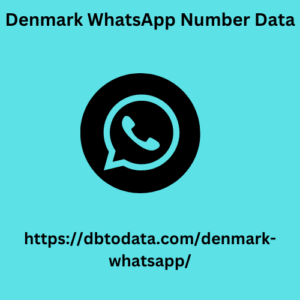|
Really understanding data in, data out really understanding the prompts that you’re gonna give. The AI and the data that you insert into the AI will really give you what you’re looking for back. So I’ll give you a use case. Let’s say you’ve got a product that, an international brand, they’re just starting to segment, you know, some ideas on different strategies, whether they’re working hand in hand with their agency or they’re just working internally to really kind of say, “Hey, we want to build a couple segments here.
” And arguably, let’s just say it’s Australia, the UK, Canada, Denmark WhatsApp Number Data and the US now. Traditionally, what you would have to do if you wanted to really kind of dig into the populace of these countries and look at demographic is you’re looking at the census data, right? You’re digging through census data. How many males and females in Australia, how many males and females in the UK, US, Canada, et cetera. And then what are the age cohorts? And let’s say you want to add a third or fourth data set.

Well guess what you can do. , and when I mean old world folks, if you’re listening here, I mean like six months ago before the Chat GPT launch, at the end of November. So the old world was not that long ago, right? So you can sit there in the old world and do all this research and put it in a table, you know, start pivoting, start cutting and pasting, and kind of parse through that data, or you set up the prompts, which is what we do so that we can actually start building segmentation across multiple data sets within Chat GPT, and just say, here’s a prompt.
|